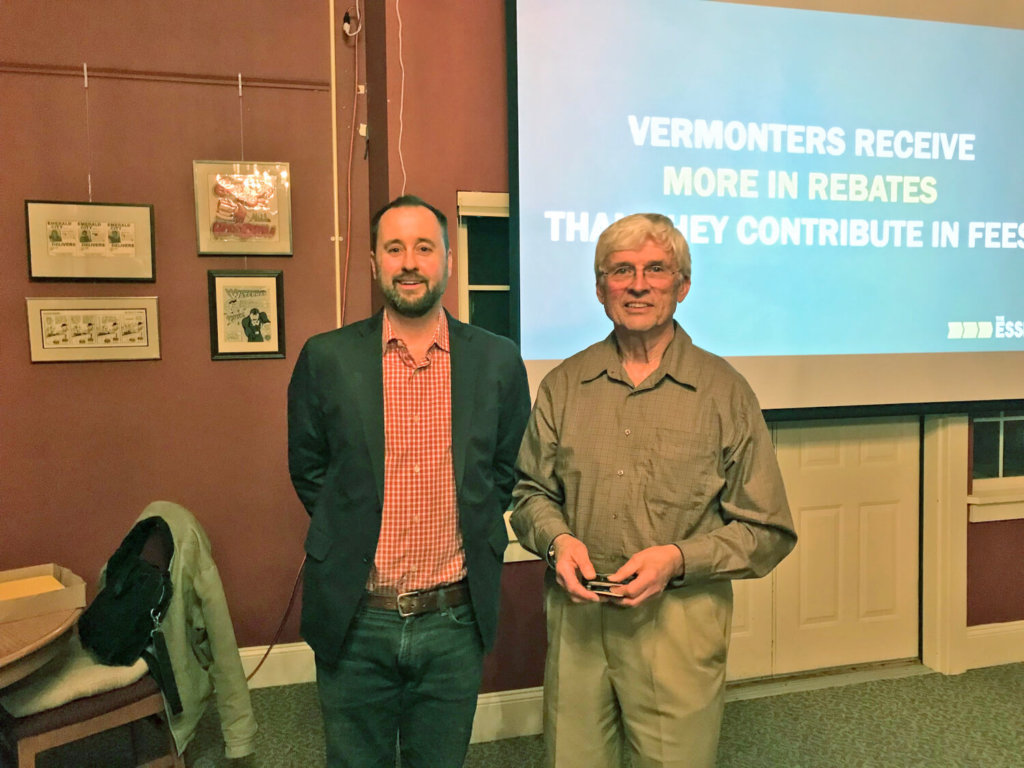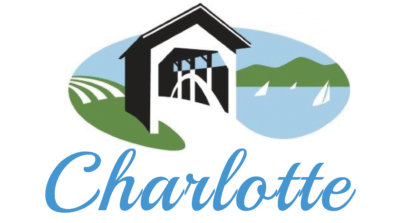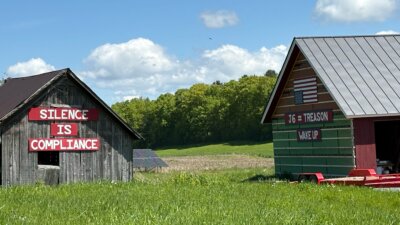ESSEX Plan to put a price on carbon emissions described as a win-win for Vermonters

At a meeting at the Charlotte Senior Center Feb. 12, attended by about 25 people, Representative Mike Yantanchka, Tom Hughes of Energy Independent Vermont, Karen LaFayette of the Vermont Low Income Advocacy Council, and Sally Kerschner of the Climate Health Alliance laid out the reasoning behind the carbon pricing bill currently before the Legislature, Senate bill S.284, also known as the ESSEX Plan, and explained how it will work. (ESSEX stands for An Economy Strengthening Strategic Energy Exchange.)
Based on extensive evidence linking increases in CO2 to climate change, apparent in Vermont’s rising temperatures and precipitation—average winter temperatures in Burlington, for example, have risen 7°F since 1970—and the state’s escalating number of tick-borne diseases, the bill imposes a tax on gasoline (excluding diesel fuel used in tractors and other farm vehicles.) and home-heating fuel, the primary human consumption-linked sources of carbon dioxide in Vermont. During its first year (2019), the tax would be 3 cents on a gallon of propane, 4 cents on a gallon of gasoline, and 5 cents on a gallon of heating oil, increasing by approximately those same amounts annually until 2025 when the tax on gasoline, for example, would reach 35 cents a gallon, which approximates the social cost of carbon pollution from burning gasoline.
According to Yantachka and Hughes, the profits from this tax will be rebated to Vermonters in our monthly electric bills, reducing payments by an expected 25-30 percent on average. As electricity generation in Vermont comes increasingly from renewable resources, the bill, they stressed, also provides incentives to purchase more fuel-efficient cars and heating systems, thereby reducing both fuel costs (electric vehicles have annual fuel costs $400-$600 lower than vehicles run on fossil fuel) and carbon emissions—a win-win for Vermonters.
In addition, they pointed out that most of the electricity we use in Vermont is generated locally (some comes from Canada), meaning that the money we pay for electricity stays close to home, which is good for the state’s economy. In contrast, we currently spend over $2 billion dollars on fossil fuels, almost 80 percent of which leaves the state’s borders.
Many of those attending were skeptical about the economics of the plan or about the state’s ability to implement it without significant added administrative costs and the burdens the tax would place on low-income and rural Vermonters. Yantachka and Hughes, however, pointed out that the needed administrative structures to collect fuel taxes and to distribute rebates are largely in place and that the electric utilities are already on board with the proposal. Lafayette emphasized that the amount of the electric rebates would more than compensate for the increase in carbon taxes for gasoline and heating oil for rural Vermonters, as well as for those in the six lowest income deciles. Both groups will be eligible for higher rebates under the plan—and Hughes pointed out that all of Charlotte is considered rural.
For more information on the ESSEX plan, see Rep. Yantachka’s column in the Jan. 24 issue of The Charlotte News, or go to the website of the Energy Action Network.
Related Stories
Popular Stories
If you enjoy The Charlotte News, please consider making a donation. Your gift will help us produce more stories like this. The majority of our budget comes from charitable contributions. Your gift helps sustain The Charlotte News, keeping it a free service for everyone in town. Thank you.
Andrew Zehner, Board Chair







